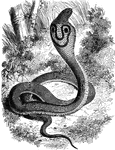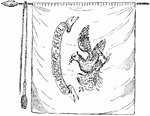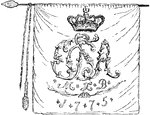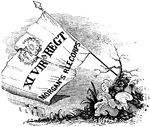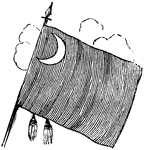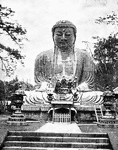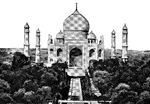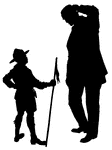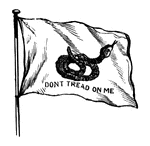
South Carolina flag
"Rattlesnake Flag of South Carolina, during independence of the states."—E. Benjamin Andrews,…

Union Flag
"Union Flag. The first recognized Continental Standard, raised for the first time January 2, 1776."—E.…

Chaffee Machine
"Calenders heated internally by steam, for spreading India Rubber into sheets or upon cloth, called…
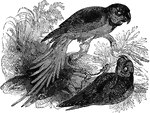
Alexanderine Parakeet
The alexandrine parakeet is a long-tailed species, originally brought back from India by Alexander the…
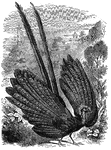
Argus Pheasant
Native to Sumatra and India, the argus pheasant can measure up to five feet in length.
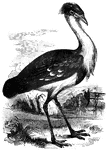
Black-Billed Bustard
Found in India, the black-billed bustard can measure up to four and a half feet in length.
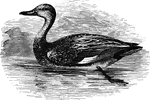
Gadwall
The gadwall (or gray duck) is nineteen inches long, and is found throughout Europe and America, as well…
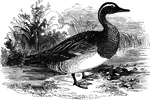
Garganey
Also known as the summer teal, the garganey is sixteen inches long and found in Southern Europe and…
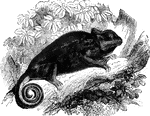
Common chameleon
Measuring between sixteen and eightenn inches long, the common chameleon of Europe is native to India…

Python
"Pythons are the largest known serpents, which are found only in India and the islands of the Indian…
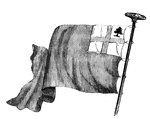
New England Flag
"The New England flag. This is copied from an old Dutch work, preserved in the library of the New York…
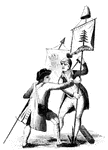
Pine-Tree Flag
"The Pine-Tree Flag. This engraving is a reduced copy of a vignette on a map of Boston, published in…
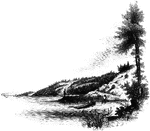
Williams landing-place
"Landing-place of Roger Williams. This view is on the left bank of the Seekonk, looking south. The point…

Gaspee Point
"Gaspee Point. This view is from the bank of the cove just below the Point, looking northeast, showing…

Society of the Cincinnati
"Society of the Cincinnati, member's certificate. This engraving is a fac simile of a certificate, about…
Peekskill Landing
"View from Peekskill Landing. This view is from Peekskill landing, looking up the river. On the left…
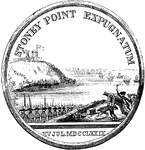
Wayne Medal Back
"Gold medal awarded by Congress to General Wayne. This is a representation of the medal, the size of…
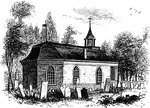
Sleepy Hollow Church
"Ancient Dutch Church in Sleepy Hollow. This view is from the church-yard, looking southwest. The porch…
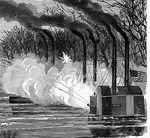
Bombardment of Fort Henry
"Bombardment of Fort Henry, Tennessee River, Tenn., by the Mississippi Flotilla, Flag Officer Foote,…

Bombardment of Fort Henry
"Bombardment of Fort Henry, Tennessee River, Tenn., by the Mississippi Flotilla, Flag Officer Foote,…
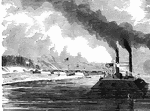
Bombardment of Fort Henry
"Bombardment of Fort Henry, Tennessee River, Tenn., by the Mississippi Flotilla, Flag Officer Foote,…
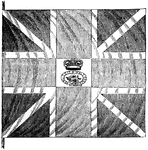
British Flag
"British flag. This is a representation of one of the flags surrendered at Yorktown, and presented to…
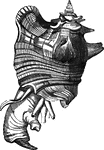
Strome
"Found in the West Indies, the Red Sea, India, Mauritius, and various other seas." — Goodrich,…
!["View from the site of Fort Cornwallis. Fort Cornwallis occupied the ground in the rear of the Episcopal church, now a grave-yard. This view is from within the inclosure, looking northeast, and includes a portion of Schultz's bridge, the Savannah River, and Hamburg upon the opposite bank. In the foreground is seen portions of the church-yard wall, and upon the brink of the river below are [African Americans] employed in placing bales of cotton upon the wharves for transportation to the sea-coast. The wharves are two stories in height, one to be used at low water, the other when the river is 'up.' There were remains of the ditch and embankments of the fort within the grave-yard when I was there; and the trench leading to the water-gate, where the 'Pride-of-India tree is seen, was very visible."—Lossing, 1851](https://etc.usf.edu/clipart/14100/14143/ft-cornwalli_14143_mth.gif)
Fort Cornwallis
"View from the site of Fort Cornwallis. Fort Cornwallis occupied the ground in the rear of the Episcopal…
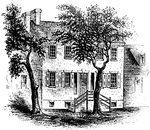
McIntosh's House
"Dwelling of General McIntosh. This house is the third eastward from Drayton Street, and is said to…

Fort Moultrie
"View at Fort Moultrie. This view is from the southwestern angle of Fort Sullivan, looking toward Jame's…
Flag Staff
"Flag-staff, Fort Washington. This flag-staff, indicating the center of the fort, is a prominent object…

Fort Washington
"View at Fort Washington. This is a view from the site of the interior works at Fort Washington from…

Dutch West India Flag
"Flag of the Dutch West India Company. When the rights of the company ceased, a new and more powerful…

Passenger Train
"The first passenger locomotive built in the United States. A year after the Enterprise sailed for India,…
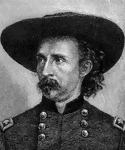
George Armstrong Custer
"George Armstrong Custer, a brilliant cavalry officer, was born at New Rumley, Ohio, December 5, 1839.…

Araba
"A heavy, springless wagon, usually covered with a screen as shelter from the rays of the sun, drawn…

Cacao Plant
"Cacao, or cocoa, is the chocolate tree, and also the powder and beverage made with it obtained from…
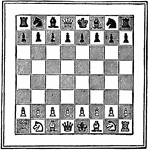
Chess Board
"Chess is the most purely intellectual of all games of skill, the origin of which has been much disputed,…
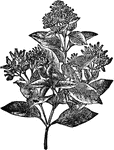
Cinchona
"Cinchona is a genus of trees found exclusively on the Andes in Peru and adjacent countries, and recently…

Date Palm
"Date Palm is a genus of palms, the most important species of which is the common date palm, the palm…
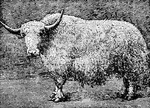
Yak
"Yak is a species of ox from the mountainous regions of Tibet. There are two races: the wild yak, generally…

Zebu
"Zebu is the native name for any breed or individual of Bos Indicus. The zebus attain their greatest…
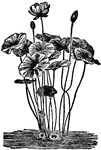
Nelumbium
"Nelumbium is the typical and only genus of the order Nelumbiaceæ. The species are remarkable…
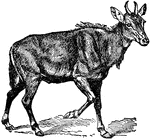
Nylghau
"The Nylghau is the largest of the few true antelopes found in India, where it is confined to the central…
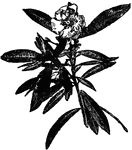
Oleander
"The Oleander is the common and sweet-scented oleander. They have lanceolate coriaceous leaves, with…
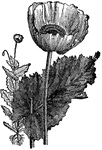
Opium Poppy
"Poppy is a genus of plants, of which there are numerous species, mostly natives of Europe and Asia,…



